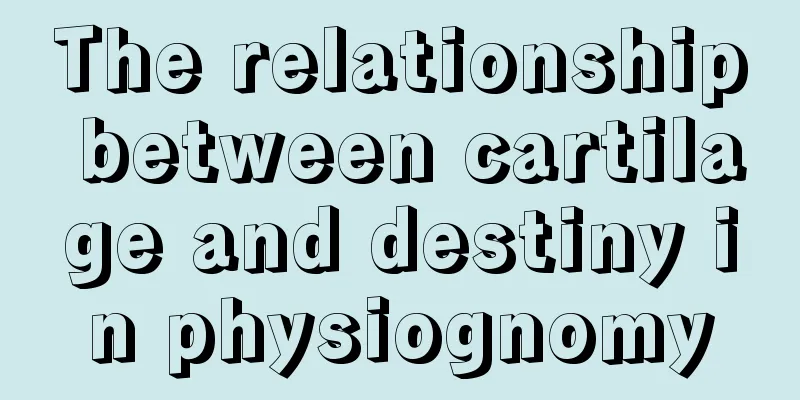On Bitcoin's "Big O Scaling"

|
In computer science, there’s something called “ In the debate over Bitcoin block expansion, many people claim that "Bitcoin's O(n^2) expansion method is not feasible" and that N squared expansion is unsustainable. If it doubles N, then you need four times the resources (memory or CPU). I had the pleasure of speaking to some of the attendees at the Scaling Bitcoin Conference in Montreal and asked them what exactly they were talking about. Turns out they were talking about a few different things. Some of these people are talking about Furthermore, assuming the number of transactions "n" grows over time, the entire transaction history will grow O(n^2) (see Patrick Strateman's recent talk). This will grow faster than CPU power or disk space, and eventually no new people will be able to verify the entire blockchain. If you believe that being a true Bitcoiner requires you to validate the entire blockchain from the genesis block, this is a problem. This is an unnecessarily narrow view, in my opinion, and I think people should be able to freely trade trust/convenience. For example, a new user can get a snapshot of the blockchain ledger (get the UTXO set) of the most recent blocks, so as not to download the entire history of the blockchain. This is faster and more convenient than getting the entire history of the blockchain, and its security is almost perfect, even if you get a broken copy of the ledger, the worst thing that can happen is that there will be extra entries in the ledger (maybe the attacker gave you 1 million bitcoins, but they don't exist) or some entries are missing from the ledger. If there are extra entries, then the attacker can send you invalid transactions, but these transactions will never be confirmed. They can send you a transaction and send the rest of the network a double spend transaction, which is actually the same thing, and the double spend transaction will not be confirmed. If the entries are missing, your wallet may be in a situation where it thinks a valid transaction is invalid. Once the transaction is verified on the blockchain, it will discover its error and restore the ledger through a more reliable peer node. Finally, there is one more argument: Assume we have 'n' users, a fixed percentage (say 1%) of which run full nodes, and each user generates a certain number of transactions per day... then the total validation work done by all full nodes is O(n^2). (Actually, it should be There are two things wrong with this statement: First, as the network grows, it is probably incorrect to assume that a constant percentage of users will run full nodes. It is likely that an increasing percentage of people will choose to run partial validation nodes. In the future, there may be a billion people using Bitcoin, but only tens of thousands of people running full nodes, rather than the tens of millions that are expected. That would be a bright, successful, decentralized, and secure future for Bitcoin. The second incorrect point is that while the entire network may indeed have to perform O(n^2) verifications, each of the n individual nodes may only perform O(n) verifications. This is an important metric because each individual does not care how much verification work the rest of the network will do, they only care about how much work their computer has to do. ---- |
<<: ARK becomes the first public fund management company to invest in Bitcoin
>>: How to deal with news in the cryptocurrency circle
Recommend
Miner's self-narration: How I successfully shipped the mining machine to South America and successfully put it on the shelf on the 28th
Narrator: Longwin Crypto, River Wang Interview/Ed...
Scars on the face tell a person's fate
Scars on the face tell a person's fate Accide...
Is it good for a girl to have a mole on her chin?
Everyone has moles on their face to a greater or ...
There is a mole between the big toe of a woman's toes. What does a mole on the toes mean?
Everyone has moles on their body to a greater or ...
Bloomberg: Bitcoin at risk of falling below its 50-day moving average
Bloomberg reported that Bitcoin has continued its...
A comprehensive analysis of women's marriage fortune
Some people say that marriage is the grave of lov...
What does a shallow marriage line mean?
In the palm, each line has its own function, and ...
Analysis of the shape of a woman's chin
Women with a pointed chin and a small face are ki...
Nvidia graphics card mining restrictions have been cracked, are professional mining chips still popular?
Source: Blockchain Outpost Compiled by Joyce and ...
Gibraltar Releases Blockchain Regulation Plans, Warns of ICO Risks
The Gibraltar Financial Services Commission, the ...
Palmistry: What are good and bad hand lines?
Palmistry: What are good and bad hand lines? Ever...
What does three white eyes mean? Is having three white eyes good or bad?
People with three white eyes are more likely to b...
The twelve zodiac signs of the face
The twelve palaces of physiognomy represent the s...
Dogecoin Open Interest Surpasses $1.4 Billion — Is It Time for a Meme Correction?
Dogecoin has been at the heart of the memecoin cr...
The fortune line on the palm of your hand shows what a person with good fortune looks like
Which is the fortune line on your palm? In palmis...









